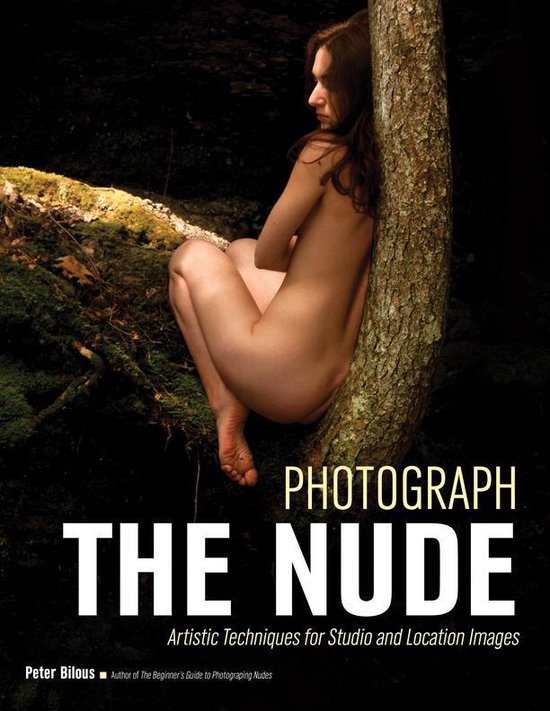Photograph the nude

Direct beschikbaar
Nude photography can be divided into numerous subgenres, including artistic, commercial, glamour, and nude portraits.
Within each subgenre there are variations in the way various subjects are presented-the lighting, posing, location, and even the expression must suit the unique parameters of the specific specialty. In this book, Peter Bilous investingates the techniques required to create artistic nudes.
Artistic nudes are images in which the human body is used to create art; these photographs are not intended to be a representation of the person; they are not portraits. Many times the subject does not make eye contact, and though it is not a hard-and-fast rule, there is typically no portrayal of emotion on the face and no emotional expression in the pose.
So, how do you orchestrate all of the aspects of creating such an image? As Bilous details in this book, creating an effective artistic nude photograph is aided by cultivating an understanding of the work of the pioneers of the art form and even modern-day practitioners. It also requires the proper equipment-from zoom and prime lenses, to studio strobes and continuous lights to modifiers of every shape and size and the associated lighting accessories (light meter, remote triggers). Finally, you’ll need the means to process your images and output them, whether via digital transfer and sharing or via print.
After detailing gear requirements for successful artistic nude photography, Bilous addresses finding suitable models for the project you have in mind. He points out which body types-from fit and athletic to tall and slim to curvy-work best for various artistic objectives, from bodyscapes to detail or feature-specific works. He also provides tactics for finding models, covering your bases with model releases, and even creating rapport.
Posing and composition are important components of every artistic nude. The right pose will accentuate the features and, combined with artful composition, will lead the viewer’s eye through the scene. Bilous provides tips for finessing the position of every body part, from head to toe, for a controlled artistic expression. Next, he delivers strategies for creating a mood in the image that furthers the artistic merit of the shot.
Bilous then moves on to explore the challenges and benefits of shooting in the studio (whether a home studio or commercial space) versus working on location and provides insight into creating or finding/modifying effective and flattering light. Readers will learn how to produce key lighting styles and patterns and will get specific ideas for capturing a variety of image looks using creative camera angles, highlighting the scene, or even downplaying location elements.
Finally, Bilous takes the artistic nude a step farther: readers will investigate the artistic potential of using long shutter speeds, unusual compositions, shadows, silhouettes, creative lighting, and post-processing effects.
- 1 Bekijk alle specificaties